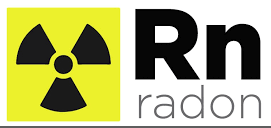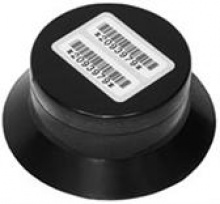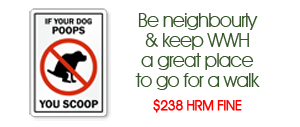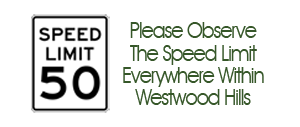Radon Gas - Protecting Your Home
 Radon is a radioactive gas that is formed naturally by the breakdown of uranium. Radon cannot be detected by the senses. It has no colour, odour or taste. However, it can be detected with special instruments. The only way to know if you have a radon problem is to test your home.
Radon is a radioactive gas that is formed naturally by the breakdown of uranium. Radon cannot be detected by the senses. It has no colour, odour or taste. However, it can be detected with special instruments. The only way to know if you have a radon problem is to test your home.Background
Radon gas is slowly released from soil, rock and water, and also some building materials that contain small amounts of uranium, such as concrete, bricks, tiles, and gyproc. You cannot see, smell or taste radon. When radon gas escapes from the ground outdoors it mixes with fresh air and gets diluted to low concentrations that do not pose a health risk. However, in some confined spaces, like homes, radon can accumulate to relatively high levels and become a health hazard.
Radon concentrations in the home fluctuate seasonally, but are usually higher in winter than in summer, and are usually higher at night than during the day. This is because the sealing of buildings (to conserve energy) and the closing of windows and doors.
 Radon in Nova Scotia
Radon in Nova ScotiaTesting is the only way to find out how much radon is in your home, so it is important to test no matter where you live. Some areas of Nova Scotia have a higher risk of radon because of the local geology. The radon risk map for Nova Scotia from Department of Natural Resources website shows areas with high, medium and low risk.
You can purchase a Home Radon Test from the Lung Association.
For more information about Radon in Nova Scotia CLICK HERE




